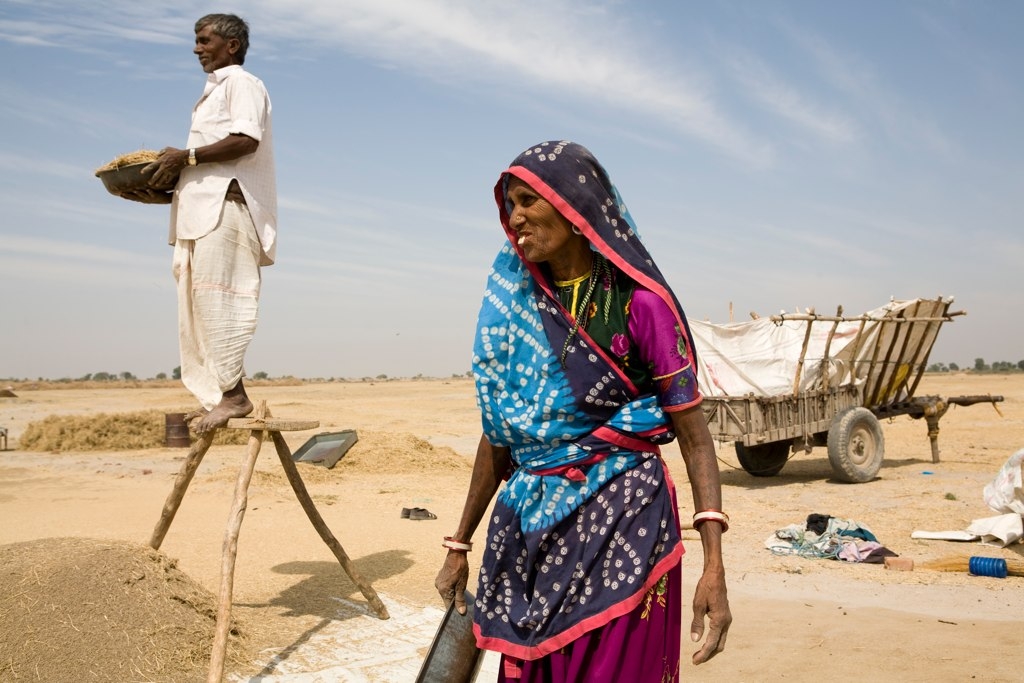Enhancing the Participation of Farmers and Hedgers in Commodity Futures Markets

The participation of farmers in commodity futures markets is extremely limited. According to market estimates, not even 2000 farmers in India are directly participating in the futures markets. Farmers can benefit directly from futures market by entering into futures contracts to sell their produce at a pre-decided price at a future date or indirectly by growing crops based on the expected future price disseminated through the exchange. However, both these benefits have not been passed on to Indian farmers till date. Lack of education, awareness and trust are among the most prominent reasons. Moreover, impose of ban on sensitive agricultural commodities have further weakened the confidence of farmers in the futures markets which are widely perceived as “Satta Bazaar” (gambling market) in the farming community.
The FMC and commodity futures exchanges should undertake new policy initiatives to increase the participation of farmers and commercial hedgers in the Indian commodity futures markets. Firstly, price ticker boards – displaying futures and spot prices in the local language on a real-time basis – could be installed at local mandis, post offices, bank branches and community places. The dissemination of prices would immensely benefit farmers to take appropriate decisions during pre sowing and post harvest period.
Secondly, the FMC should launch micro and mini contracts (with small trading lots and tick size) across all agricultural commodities to encourage the direct participation of farmers and small traders. The use of algo trading should be barred in this segment. Many research studies have also suggested this policy but it appears that the exchanges and the market regulator are not keen to implement it.
Thirdly, the government should allow farmer cooperatives and agricultural marketing federations (such as IFFCO and NAFED) to act as aggregators and hedge positions in futures exchanges on the behalf of their farmers.
Fourthly, the governments (both at centre and state) should work on war footing to remove bottlenecks such as fragmented spot markets, lack of road connectivity, insufficient number of accredited warehouses, grading facility, and other infrastructure bottlenecks.
Fifthly, the FMC should develop strict classification criteria to segregate market players into two major categories – commercial hedgers and non-commercial traders – across all commodity futures exchanges. There should be mandatory data reporting of participation by market players (category-wise) and their market positions. In the US markets, for instance, the CFTC provides weekly report on trader positions with a breakdown of aggregate positions held by commercial traders (hedgers), non-commercial traders (large speculators) and non-reportable (small speculators).
The FMC could create a special category of commercial hedgers in the Indian commodity exchanges. To ensure the genuineness of commercial hedgers, a system of regular monitoring and surveillance of their market positions and trading accounts should be developed and strengthened by exchanges and FMC. This policy would enable FMC to impose additional margin requirements and other regulatory measures to curb speculators from dominating the market.
As an incentive, the commercial hedgers could be given certain exemption from the payment of initial/additional/special margins to reduce their costs. If hedgers make an upfront payment for commodities, they could also be exempted from the payment of risk and delivery margins.







